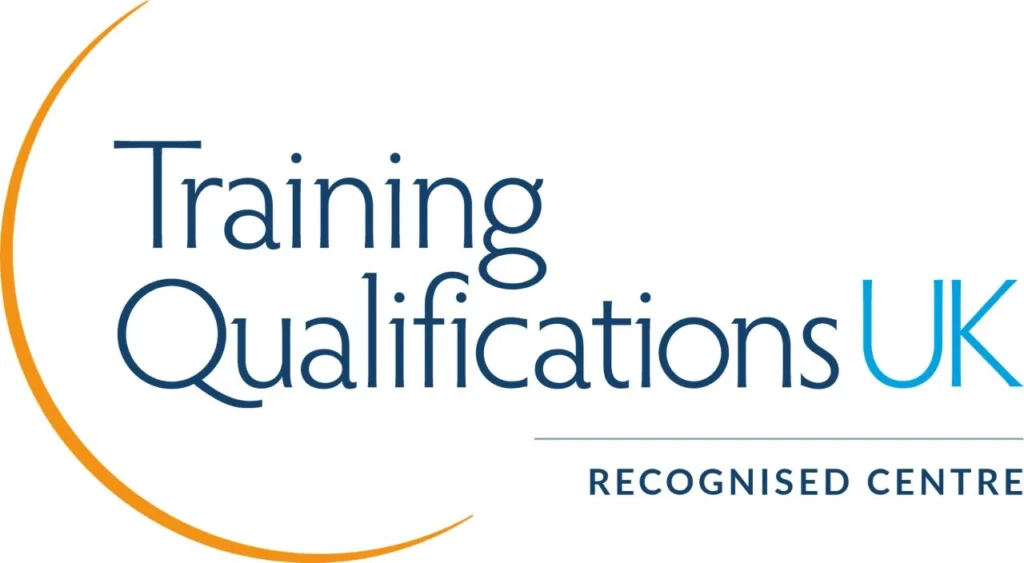Beyond the Rules for a Disciplined Classroom
Introduction
Discipline in the classroom is not about exerting control but fostering cooperation and mutual respect. A well-managed class creates a productive learning environment where students feel safe, engaged, and motivated. This guide presents practical, actionable strategies for handling discipline, balancing authority with friendliness, and preventing issues before they arise.
The Key to Classroom Discipline: Prevention Over Reaction
The best way to handle disciplinary issues is to prevent them from occurring. By maintaining structured lesson plans, clear instructions, and proactive monitoring, teachers can minimize disruptions.
Before Problems Arise: Proactive Strategies
- Set Clear Expectations: Clearly define classroom rules and behavioral expectations from day one.
- Give Structured Instructions: Ensure your directions are simple, direct, and easy to follow.
- Monitor the Classroom: Move around to observe engagement levels and address issues before they escalate.
When Problems Begin: Addressing Early Signs
- Act Quickly: Intervene early to prevent small disruptions from escalating.
- Stay Calm and Assertive: Avoid emotional reactions; maintain composure.
- Don’t Make Empty Threats: Only enforce rules you are prepared to follow through on.
When a Problem Escalates: Regaining Control
- Be Firm and Commanding: Use assertive language and body posture to establish authority.
- Provide a Logical Choice: Offer students options that encourage them to take responsibility for their behavior.
- Avoid Confrontation: Redirect the conversation to learning rather than engaging in a power struggle.
How to Balance Friendliness with Firmness
Teachers must establish authority while building positive relationships with students. Striking this balance fosters respect and encourages cooperation.
1. Establishing Authority
- Set firm boundaries from the start—you can always ease up later.
- Wait for silence before speaking to the class.
- Use eye contact and movement to maintain control and presence.
- Stay consistent with discipline and avoid making exceptions that undermine authority.
2. Effective Lesson Planning for Engagement
- Organize lessons with structured pacing and engaging activities.
- Prepare extra materials for both slower and advanced students.
- Use a variety of teaching methods to keep students actively involved.
- Give clear instructions to reduce confusion and misbehavior.
3. Building Rapport with Students
- Learn and use students’ names to foster a sense of belonging.
- Use humor positively—laugh with students, not at them.
- Treat students with respect and fairness, avoiding condescension.
- Position yourself as a mentor and guide, not just a rule enforcer.
The Role of Preparation, Clarity, and Awareness
Teachers who are prepared, clear, and observant prevent most discipline problems before they arise.
Checklist for a Well-Managed Class:
✅ Plan structured lessons with engaging content.
✅ Set clear classroom rules and follow through on them.
✅ Monitor student behavior consistently and proactively.
✅ Balance authority with approachability to foster respect.
Real-World Classroom Challenge: Handling Defiant Students
Imagine a student refuses to participate and says:
“My dad pays your salary!”
How should you respond?
- Stay calm and don’t react emotionally.
- Reframe the situation: Redirect the focus back to the learning task.
- Be firm but professional: Emphasize expectations without escalating the confrontation.
This scenario highlights the importance of maintaining composure, setting boundaries, and handling difficult behavior with professionalism.
Take Your Teaching to the Next Level
Mastering classroom discipline is a skill that evolves with experience and ongoing professional development.
📚 Explore Teacher Training Courses:
- CELTA Preparation – Learn internationally recognized teaching methodologies.
- TEFL Certification – Build a strong foundation in English language teaching.
- DELTA Module 1 – Advance your expertise in classroom management and methodology.
🔗 Join TEFLism College London for expert training and career advancement in ELT.
Meta Description:
Discover effective classroom discipline strategies that promote respect, cooperation, and engagement. Learn practical techniques to balance authority with approachability.
Title Tag:
Classroom Discipline Strategies for ESL Teachers | TEFLism College London
Internal Linking Suggestions:
- Link to a blog post: “How to Handle Classroom Behavior Issues Professionally”.
- Include a downloadable “Classroom Management Checklist” for teachers.
- Create a discussion forum for teachers to share discipline strategies and experiences.
By applying these strategies, teachers can create a disciplined yet supportive learning environment that enhances student participation and success.







